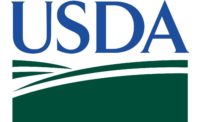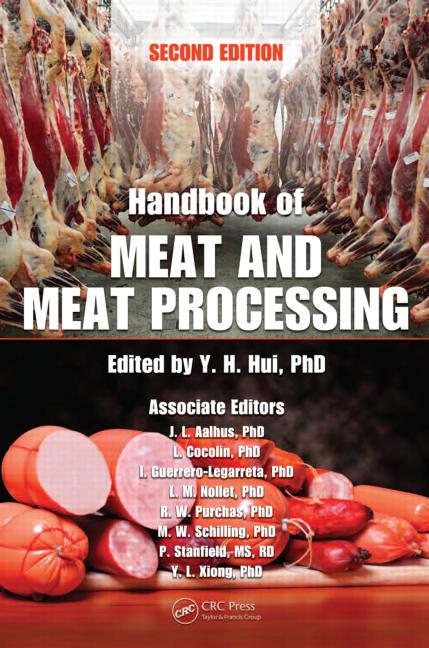With demand outstripping production in many instances, the meat and poultry industry is increasingly required to drill down into its processes in order to extract every possible ounce of value from its products in the safest possible manner.
In terms of profitability it is essential to produce consistent, accurate batches, and with global food safety regulations evolving rapidly, high performance product inspection systems are becoming a part of the furniture – both for contaminant detection and fat analysis purposes.
Food safety is of the utmost importance and is at the top of the list of priorities for meat processors, along with profitability. Contaminated products have the potential to cause harm to consumers and, therefore, to the reputation of your brand. Recalls as a result of contamination are also costly, so a well-executed product inspection plan can pay dividends.
X-ray systems enable processors to inspect 100% of product in-line, which means there is no slowing down of production in order to carry out these quality checks – an important uptime advantage. A poultry manufacturer, as an example, has the challenge of bone detection over most other physical contaminants and, depending on what they are producing, has a number of options when it comes to x-ray detection.
For processed poultry, unpackaged products such as ground chicken, chicken breasts and pumped chicken can be run through a pipeline x-ray machine. This has a number of benefits. Firstly, contaminants can be removed before the product is further processed and more value is added. Secondly, by removing these contaminants, unscheduled downtime can be avoided by preventing damage to downstream equipment.
For packaged products, end of line x-ray systems can check for contaminants in a wide variety of packaging – from plastic trays and metal cans to bags and foil wrapped goods. In addition, the systems are capable of undertaking further product quality checks simultaneously, such as mass measurement, chemical lean or fat value, presence of sealing clips, and even component counts. This adds extra levels of protection, both to consumers and to brands, and offers the reassurance to retailers that products supplied by your company are stringently checked, which can aid contract wins – especially with larger retailers.
As with all product inspection equipment in the meat industry, the capabilities required and the positioning of the system on your line should be determined by a thorough HACCP risk assessment. This will identify the Critical Control Points (CCPs) in your line and allow you to make an informed decision on how best to remain compliant.
Extracting maximum value from red meat
The meat industry has been said to be slow to adopt new technologies. However, in recent years the need for processors to micro-manage yield has become increasingly apparent, leading to an increase in investment in capital equipment.
Inline fat analysis (FA), in addition to providing contaminant detection, allows meat trimmings and ground meat to be measured accurately for fat content or chemical lean (CL). Using Dual X-Ray Absorptiometry (DEXA) technology, fat analysis can be provided to within +/- 1CL across a wide range of presentations - from fresh and frozen to bulk, blended or packaged. This ability enables lean giveaway to be eliminated, in addition to allowing processors to verify that meat purchased is of the correct specification and accurately priced.
Precision such as this means that processors working to Least Cost Formulation (LCF) production strategies or to specific customer recipes – for sausages, burger patties or ready meal components, for example – can achieve recipe targets in the most cost effective way possible. NP
Kyle Thomas is the Strategic Business Unit Manager at Eagle Product Inspection. Visit www.eaglepi.com for more information. To read this article in its entirety, visit http://bit.ly/eagle0417.






Report Abusive Comment